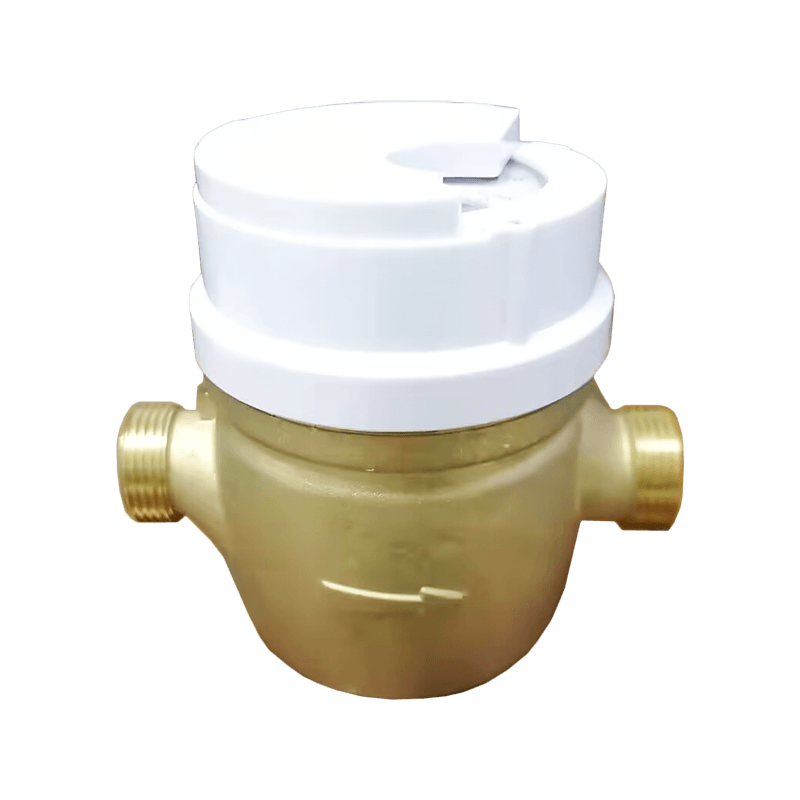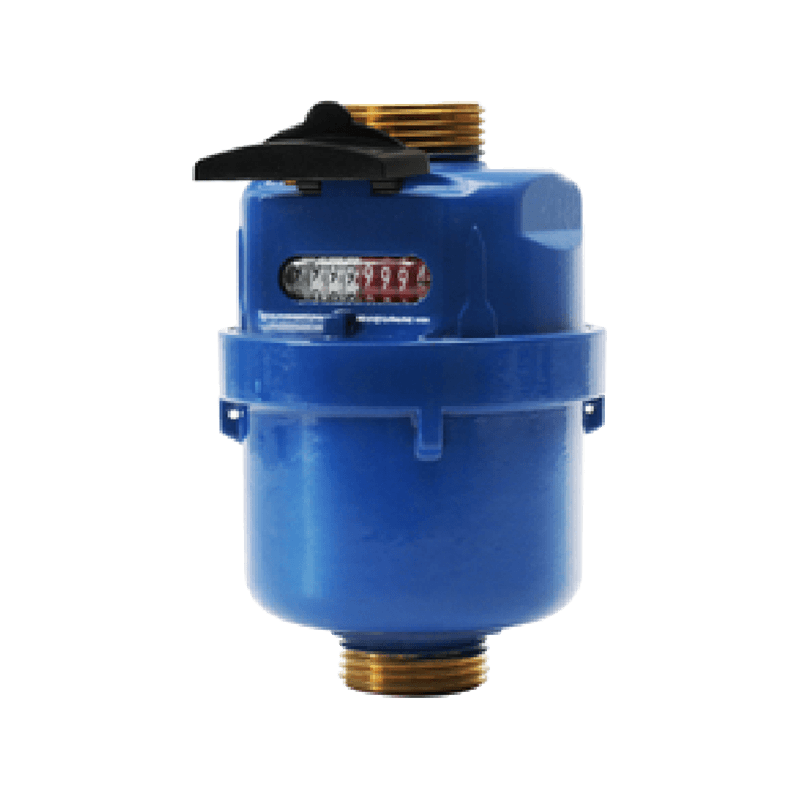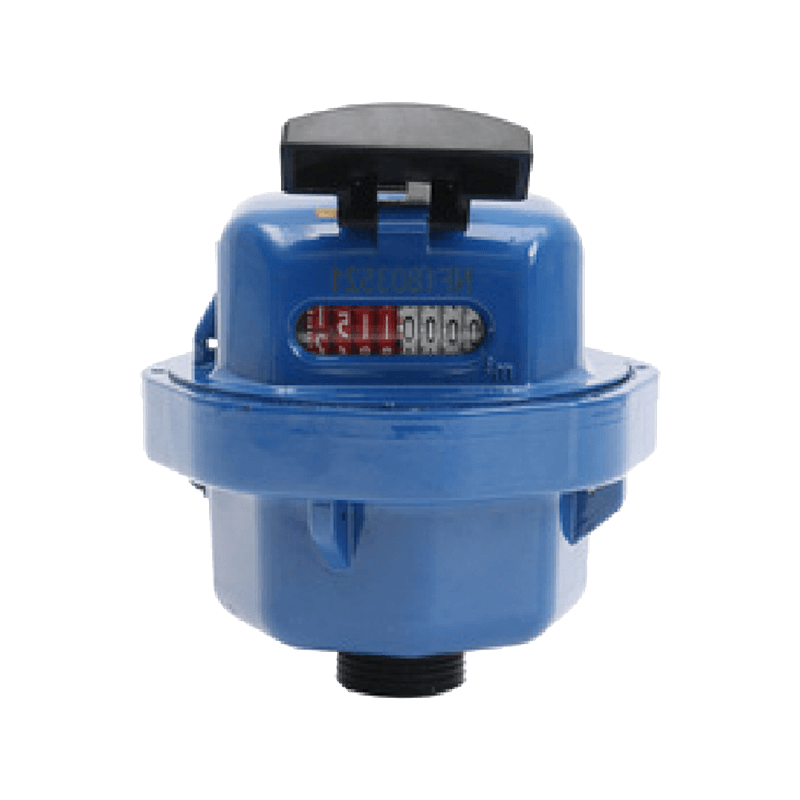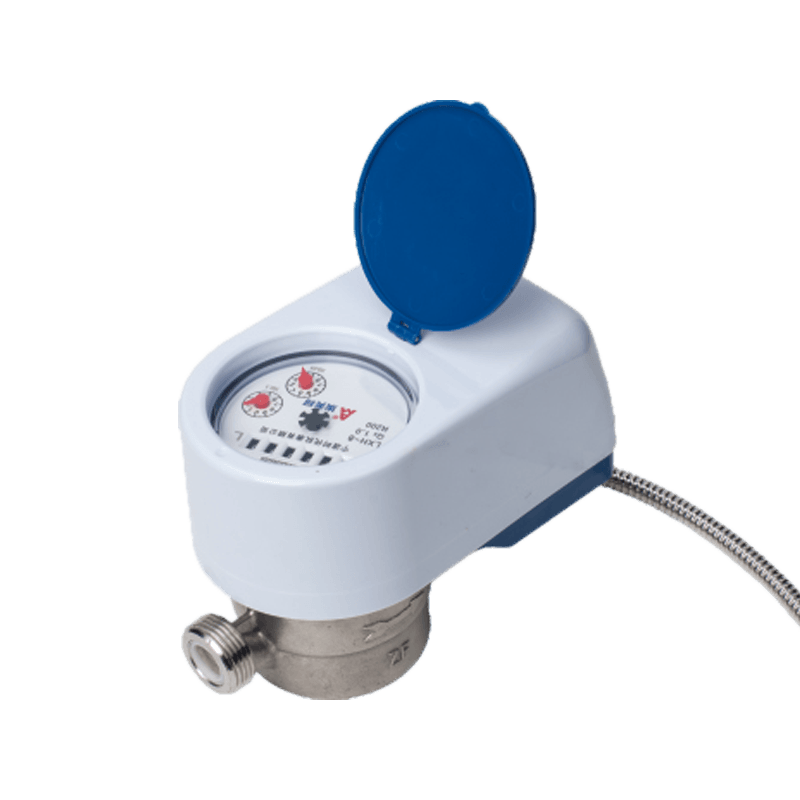1. Real-time Monitoring: The platform provides water usage curves and accumulated usage, allowing users to view and adjust their water usage at any time.
2. Remote Valve Control: Some smart water meters with two-way communication can receive valve on/off commands from the platform, enabling functions such as water outages for arrears and automatic valve closures for leaks.
3. Tiered Water Pricing and Limits: The system can preset water usage limits or tiered pricing rules. When thresholds are exceeded, alarms are automatically triggered or valves are closed, helping users manage their water usage in a refined manner.
Smart water meters are not just metering tools; they can also proactively control water usage through remote valves and platform rules.
How do smart water meters work?
1. Flow Sensing: Ultrasonic or electromagnetic induction sensors are used to convert water flow into electrical signals, achieving high-precision metering.
2. Data Processing: A microprocessor measures and stores the collected signals, generating standardized digital water usage data. 3. Communication and Transmission
Wired methods: RS485 and M-BUS for centralized meter reading;
Wireless methods: LoRa, NB-IoT, GPRS, Bluetooth, etc., for uploading data to a cloud platform or local concentrator.
4. Platform Interaction
The cloud platform aggregates and analyzes data, supporting a closed-loop service for remote query, valve control, and abnormality alarms.
The entire process achieves a four-in-one smart water management closed loop: "perception, processing, transmission, and application."



 English
English 中文简体
中文简体




